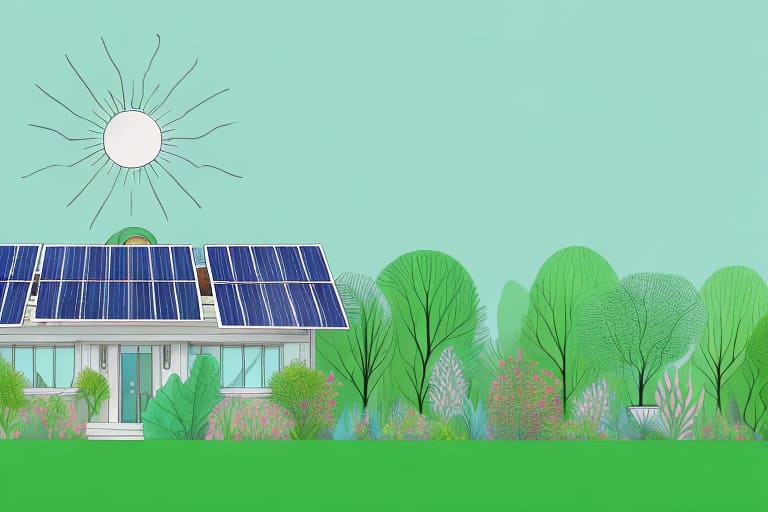In recent years, green roofs have gained significant attention as a sustainable solution to urban environmental challenges. Green roofs, also known as living roofs, are rooftops covered with vegetation and soil, either partially or completely. These roofs not only enhance the aesthetic appeal of buildings but also offer numerous environmental benefits. This article explores the various ways green roofs impact the environment and why they are becoming an integral part of modern sustainable architecture.
1. Reduction of Urban Heat Island Effect
One of the most significant environmental benefits of green roofs is their ability to mitigate the urban heat island (UHI) effect. Urban areas tend to be warmer than their rural counterparts due to human activities and the prevalence of heat-absorbing materials like concrete and asphalt. Green roofs help counteract this effect by providing a cooling layer of vegetation that absorbs sunlight and reduces the amount of heat that buildings and surrounding areas absorb.
2. Improved Air Quality
Green roofs contribute to improved air quality by filtering pollutants and particulate matter from the air. Plants on green roofs absorb carbon dioxide and release oxygen, thus contributing to cleaner and healthier air. Additionally, the soil and vegetation trap dust, smoke, and other pollutants, reducing the overall pollution levels in urban areas.
3. Stormwater Management
One of the critical environmental challenges in urban areas is managing stormwater runoff. Traditional roofs contribute to runoff, which can overwhelm drainage systems and lead to flooding. Green roofs absorb and retain rainwater, reducing runoff and easing the burden on stormwater management systems. This absorption also helps filter rainwater, reducing pollutants entering water bodies.
4. Energy Efficiency
Green roofs enhance the energy efficiency of buildings by providing natural insulation. The layers of vegetation and soil help regulate indoor temperatures, keeping buildings cooler in the summer and warmer in the winter. This reduced reliance on heating and cooling systems translates to lower energy consumption and decreased greenhouse gas emissions.
5. Biodiversity and Habitat Creation
Green roofs serve as urban habitats for various plant and animal species. They can support a range of flora and fauna, creating pockets of biodiversity in densely built environments. These habitats provide food and shelter for birds, insects, and other wildlife, contributing to urban ecological networks and promoting biodiversity.
6. Noise Reduction
The soil and vegetation layers on green roofs act as natural sound insulators, reducing the amount of noise that enters a building from the outside. This is particularly beneficial in urban areas where noise pollution is a common issue. The reduction in noise levels contributes to a more peaceful and productive indoor environment.
7. Enhanced Building Longevity
Green roofs can extend the lifespan of a building’s roof by protecting it from the elements. The vegetation layer shields the roof from direct sunlight, heavy rain, and temperature fluctuations, reducing wear and tear. This protection can lead to reduced maintenance costs and a longer roof lifespan.
Conclusion
The environmental impact of houses with green roofs is overwhelmingly positive, making them a valuable component of sustainable urban development. From reducing the urban heat island effect and improving air quality to managing stormwater and enhancing energy efficiency, green roofs offer a myriad of benefits. Additionally, they contribute to biodiversity, reduce noise pollution, and increase the longevity of buildings. As cities continue to grow and face environmental challenges, incorporating green roofs into urban planning and architecture is a step towards a more sustainable and resilient future.


